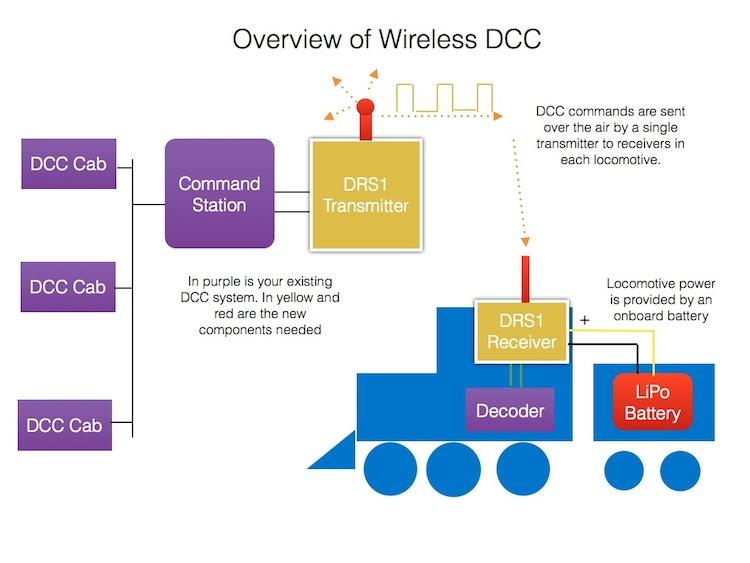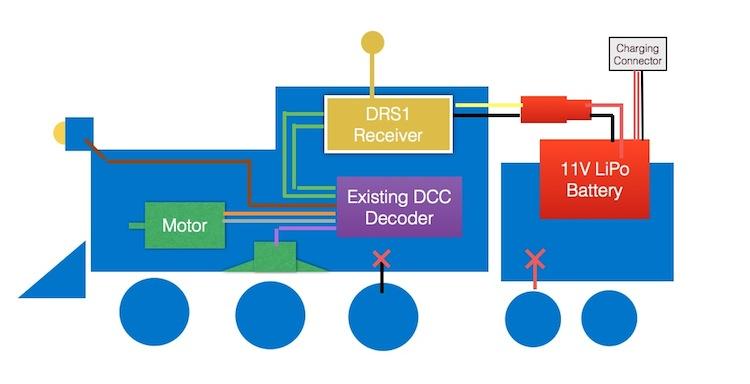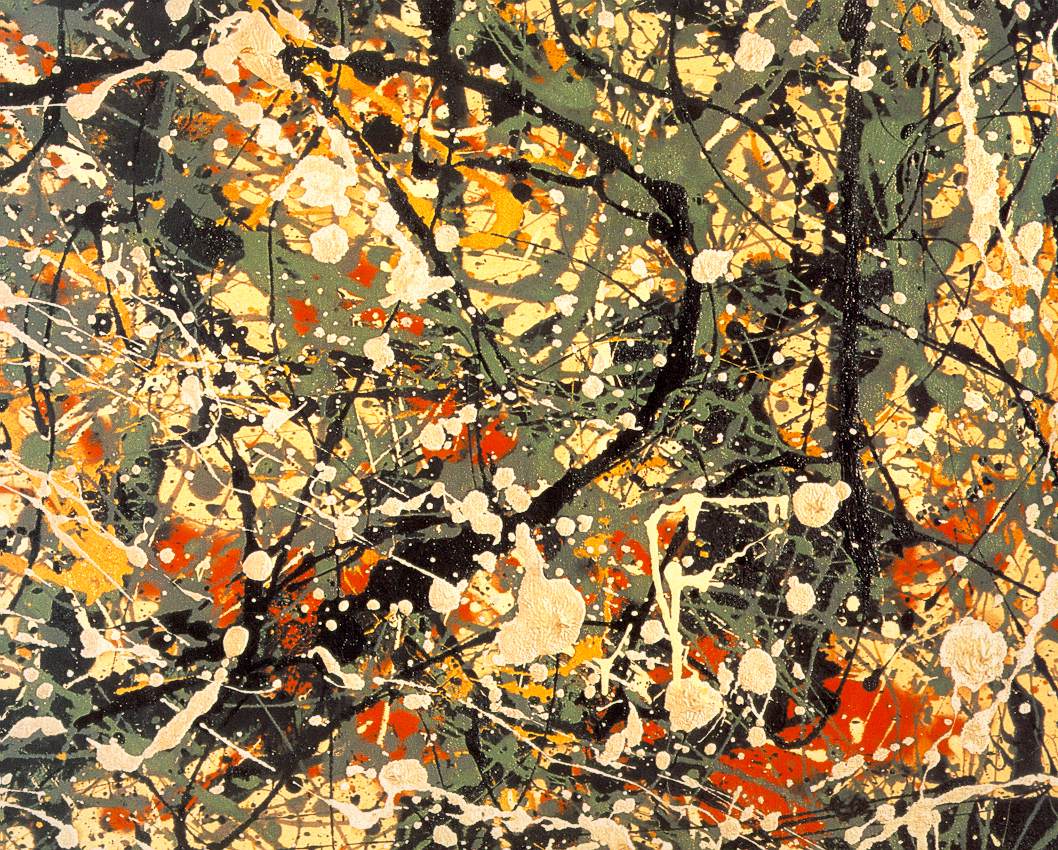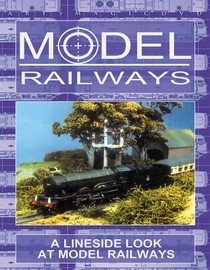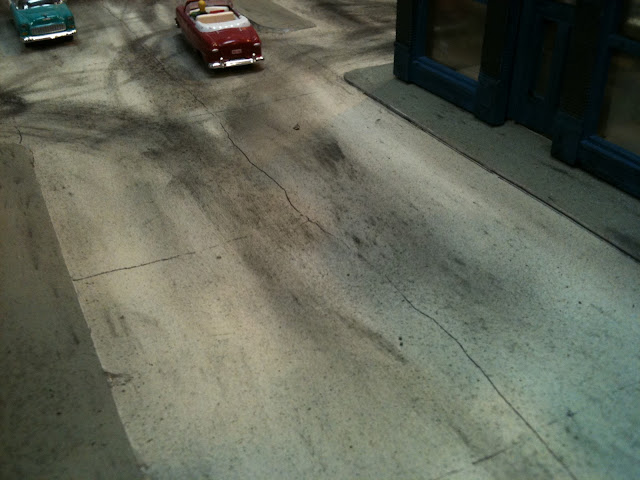For the first part of the
Continuous Model Railroad, see
Erie DYNAMOS layout in N Scale
Applications (continued)
So let's apply the dynamo principle to the Erie Railroad. First we need to gather the prototype's track charts. We need the charts to know what the track alignments are in order to figure out our module requirements and configuration. The first chart on the Erie's east end is the Jersey City to Carlton, NJ that includes the large Croxton Yard complex. This covers the first 9 miles of the eastern end of the line.
 |
| The black blob is Croxton Yard between Jersey City to the right and Carlton, NJ on the left.. |
The next section takes us from milepost 10 at Passaic Park to Hohokus and mile 22, but we are only going to be able to make it to Paterson, NJ at mile 15 in the first session. Now we can look at the track arrangements and match that up to our stable of standard modules.
 |
| Part of the track charts for our journey to Chicago from Jersey City. |
 |
| The classic model railroad problem is that we model railroaders want to fit 900 miles of railroad into 400 s.f. and Dynamos allows one to do that, just not all at the same time. |
The space that I have to work with is a living room that measures about 16' x 20' whic
h is convenient for a standard 2'x4' (or 1'-6"x 4' since this is N scale) module with 4' aisles. Included in each session will be staging modules at each end, so those will pretty much be set and all we have to do is fill in between. The corner and aisle turnback modules also end up being fixed for all intents and purposes since this is the best way of filling this particular size room in a traditional "E" configuration of modules. This means that all that will change from one session to the next are the 18 intermediate modules.
 |
| Our stable of standard abstracted Operational Design Elements modules |
 |
| Module identification |
The first session on the
Continuous Model Railroad includes only modules "A" through "I" since we haven't hit the 4 track main line, yet, which starts at "WJ" tower at Ridgewood, NJ. In addition to the fixed requirements of staging (2 "H"s and 2 "G"s) and corners (6 "A" modules) we will need these quantities:"B" 2,"C" 1,"D" 4,"E" 4,"F" 2,and "I" 2. I would build the staging modules "H" on wheels to make getting ready for the next session a snap!
 |
| Session 1 |
 |
| How the sessions break down moving East to west. In retrospect, I might do the sequence starting in Chicago and moving west because there is a greater flow of loads moving East to NY. I could, of course, easily do this the second time around. |
The next session sees only minor changes to the overall set up, only the names of the towns are changed. (This could be accomplished through a nice sign pocket on each module that allows for quick re-naming between sessions.) Session 2 will move us from Paterson to Suffern.
There are only six modules that need changing in this session. Shown with the red dots in the next figure, the major change is the addition of another yard at Allendale between Paterson and Suffern. Now sharp Erie railroaders will be cringing at this point, because I have been showing a two track main line in places where there should be four between Rutherford and Suffern. I honestly don't remember why I didn't do this when I originally presented this idea at the Tulsa LD/OpSig event a couple of years ago, but I can perform some post-rationalization at this point and say that it didn't make financial sense to build so many four track main line modules to only use in this session as almost all of the Erie was not four track main, or maybe I simply messed up.
 |
| Only a few changes are necessary for the second session. |
Operations
It is now a matter of getting out our employee schedule to start working up our operating scheme for the sessions.
 |
| The part of the schedule that corresponds to the Session 1 area on the system map. |
 |
| The Westbound schedule from Jersey City to Port Jervis that includes what we need to know for operations in the first few sessions. |
Almost all of the trains run daily, so it doesn't really matter what part of the week simulate. I would choose a particular day to start off with, though, so that we could keep a consistent timeline going as we move across the country to make the experience more relevant. A little research will tell us what these trains are and what the normal consist would be. Moving westbound, a lot of the trains will contain empties moving back into the heartland where goods consumed on the East Coast are manufactured or grown.
So what gets interesting is how you set up the sessions. There are several possibilities, of course, and it depends on what you are looking to get out of the experience in order to determine how to craft the operating scheme. If one were interested in a particular train, one could operate a very slow clock and model only a couple of hours in each session so as to follow this train from end to end.
The Erie Limited, train No.1, for example, departs Jersey City at 9:30 AM each day, so operating the schedule from 9:00 AM to 11:00 AM the first session would see this train move from East to West and arrive at Patterson. In order for the next session to be properly aligned in time, No.1 would start at Paterson and the session would again start at 9:00 AM, because No.1 moves through Paterson only a few minutes after leaving Jersey City. In fact, since it makes no stops, No.1 is scheduled to depart Goshen, which would end up in our 4th session, at only 10:49. This means that the first FOUR sessions we hold are all modeling operations between 9:00 and 11:00 AM on one day.
During this time, however, all sorts of other activities are happening with locals, through and way freights doing their work. Since we are shifting our focus from East to West, we would see the same locals operate in the same direction each session. This would happen with the eastbound traffic as well with their entrance to the layout occurring a few minutes earlier each session until they no longer show up within the time frame set by our following of the train of our interest, No.1.
What is fascinating about operating the
Continuous Model Railroad in this manner is that the trains operating during a given session would largely remain the same from one session to the next, as would the time. Differences would be small and mainly consist of when the train moved through the layout. The larger difference would be seen in the shifting of the towns from one session to the next, almost as if they were standing still and the layout were moving underneath them.
Another way to organize the operating scheme would be to model an entire day before moving on. This would place emphasis on the location rather than a selected train. This scheme would allow for an appreciation of the rhythm of the place, rather than the experience of the train. The understanding, then, of the whole trip from New Jersey to Illinois would be more about the patterns of the entire Erie Railroad. Appreciation is gained of busy commuting trains punctuated by a named passenger train or express freight and how this is mapped onto a daily pattern of traffic on the railroad.
By following a train across country as in the first example, the appreciation is centered on the experience of movement, not on the experience of place.The constant is the train - everyone will be focused on
when the train is present in relation to the location. Time then becomes the measuring stick. It is as if we see the train as a second hand passing each city which is a number on the clock face.
Shifting the focus around by modeling an entire daily cycle in one location, the reference is switched from following a sweeping second hand of a clock to a static orientation based on
where you are and gaze upon the face of the clock where a particular number is being passed by the clock hands. The same schedule and operations routine of a prototype railroad can then be experienced and understood in two completely different ways using the same layout space.
Different understandings of a railroad
This is the crux of the whole idea of the
Continuous Model Railroad: through the abstraction of space (the transformation of track arrangements into dynamo ODEs) and the ability to swap them around interchangeably (the Dynamos modular system), we are able to bring focus onto the temporal component of railroad operations, and because of that, experience railroading in a completely different mode than we are accustomed.
This shifts our perspective from the current practice of representing an entire railroad through a single specific instance to understanding each location of a railroad in relation to how the entire railroad operated. This effectively reverses the adage that we can understand the whole world through a single grain of sand to understanding each grain of sand by looking at the entire world. A microcosm representing the universal or the universe explaining the microcosm? The flexibility of Dynamos sets up a duality where you have a choice between the two, but you should really try both for the most complete understanding of the operations of your chosen railroad.
Module construction
I have been working on developing a lightweight modular system for a while now, but I don't have an ultimate proposal as of yet. A recent NMRA Magazine article described an aluminum angle and Masonite method that is similar to my thoughts. I've been looking at aluminum shapes, but I have not decided on the skin component. I've looked at honeycomb cardboard, Gator board and regular building insulation foam among other materials. I am leaning towards Gator board at the moment.
The other part to consider is what the modules will sit on. There are several examples out there from Freemo, Ntrak, and other module systems. My priorities include lightweight, ease of set up and tear down, and finally storage space required.
I would use standard code 80 track with manual switches. No need to complicate anything for modeling realism that might compromise operations. No layout is fun if you have derailments or power problems, so the simpler the better in this case.
Proof of concept
I guess the next thing for me to do is to actually try this. We all have good ideas, but do they mean much if we don't try them? I believe it would prove to be a worthy distraction from the Port of New York layout, but I don't think this will translate into HO, so I can't use any of the equipment I already have. I'm not sure I can justify this divergence of funds. I've only got a handful of N scale equipment at the moment, but maybe I could simply lease what I need. This is what the prototype would do...
If you are interested in hearing more about this, I have
a slideshow of the presentation I made at the Tulsa convention.
More on the
Continuous Model Railroad as it develops...






